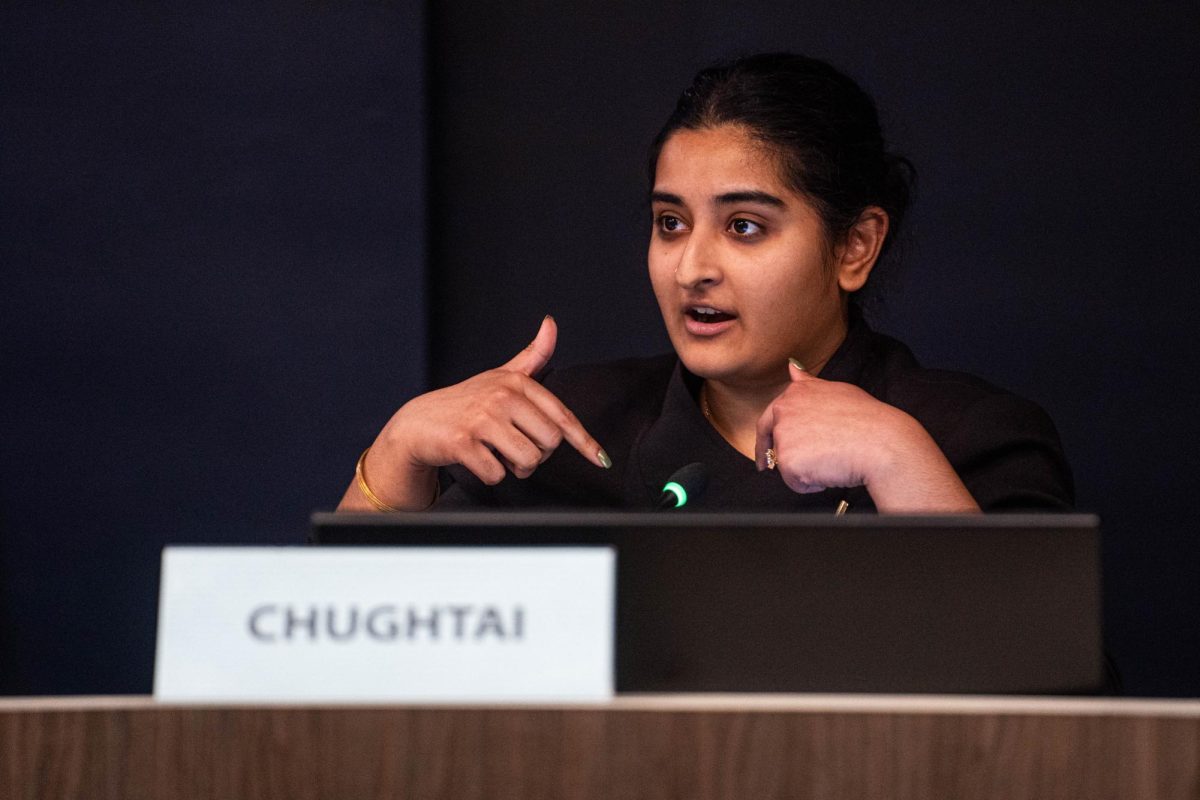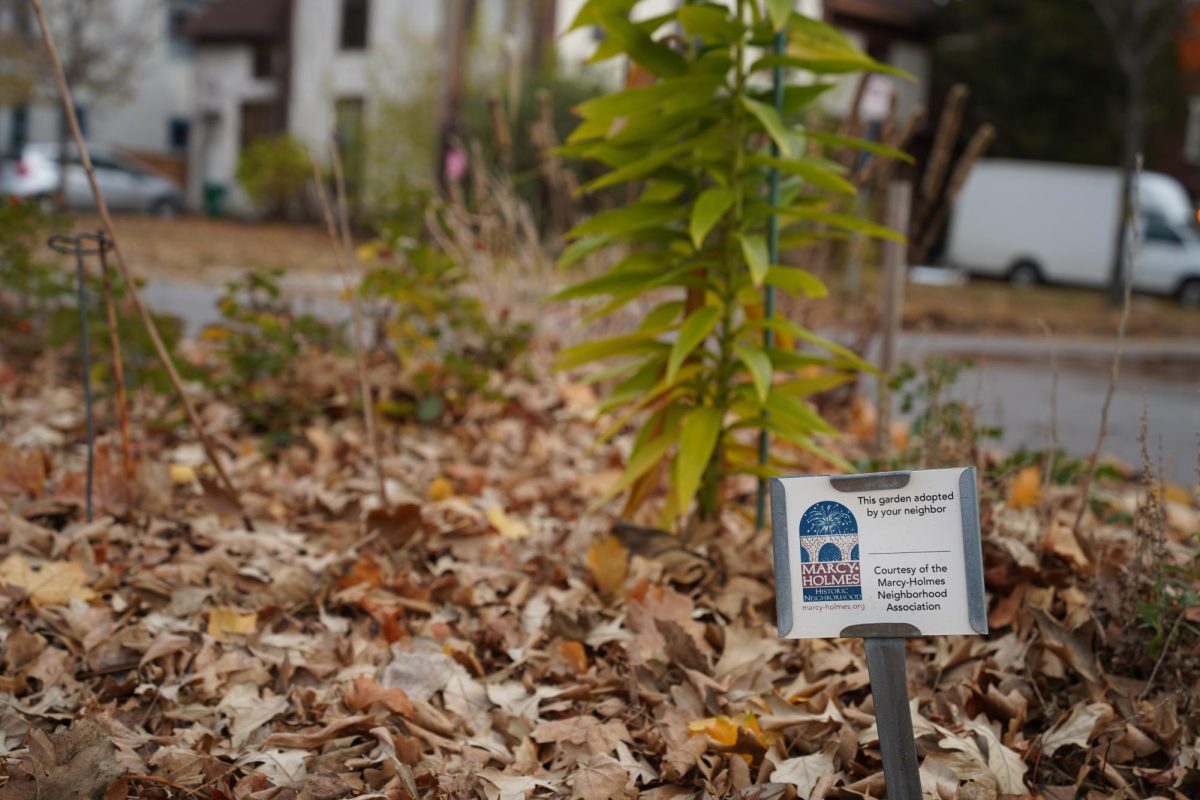With revenue sources for Minneapolis neighborhood organizations shifting in 2021, the City is asking for the organizations’ input on how the funding should be allocated over the next decade .
Currently, funds from the city’s Consolidated Redevelopment Tax Increment Financing District support the organizations. The City is asking for public input on new potential sources of revenue as part of the Neighborhoods 2020 roadmap, a plan released in February to help lay out the future of Minneapolis neighborhood organizations.
“We’re looking at this as an opportunity to position us for the future in creating a program that will carry us through the next decade,” said Minneapolis Neighborhood Community Relations Director David Rubedor.
The roadmap suggests three different approaches to neighborhood funding, programming and support services.
The first option is for neighborhood organizations to be evaluated by the City and funded based on capacity, while the second option would allow neighborhood organizations to apply for funding.
The third option is an extension of the Community Participation Program, which uses a set formula to decide on funding for community engagement activities on a three-year cycle.
“If I had to guess at this point, the final program is going to include aspects of all three of the options and probably a little bit more,” Rubedor said.
The deadline for neighborhood organizations and other constituents to offer suggestions is April 30.
Neighborhood organizations hope their input will be appreciated and acted upon in the funding new plan.
“We feel as if there have been many instances in which neighborhood associations gather a significant amount of feedback only to find it disregarded either by the City Council or various committees,” said Chris Lautenschlager, executive director of the Marcy-Holmes Neighborhood Association. “We would like some clarity on what the role of neighborhood associations is.”
The roadmap also paints a picture of current neighborhood makeup and changing demographics. For instance, it indicates a growing population of people of color and renters.
Ward 2 Minneapolis City Council member Cam Gordon, whose ward encompasses Southeast Como and Prospect Park, says student involvement could have an impact in neighborhood organizations.
“I know there has been a lot of efforts from those neighborhood organizations that have gone towards improving rental housing in the area and making sure that landlords are being responsible for safe housing,” Gordon said. “Organizations do provide some advocacy and oversight, and there’s potential that they can help students.”
Rubedor will take the opinions of various neighborhood organizations and other constituents to Mayor Jacob Frey after input is gathered on April 30. He said neighborhood funding should be included in the city’s long-term plan.












